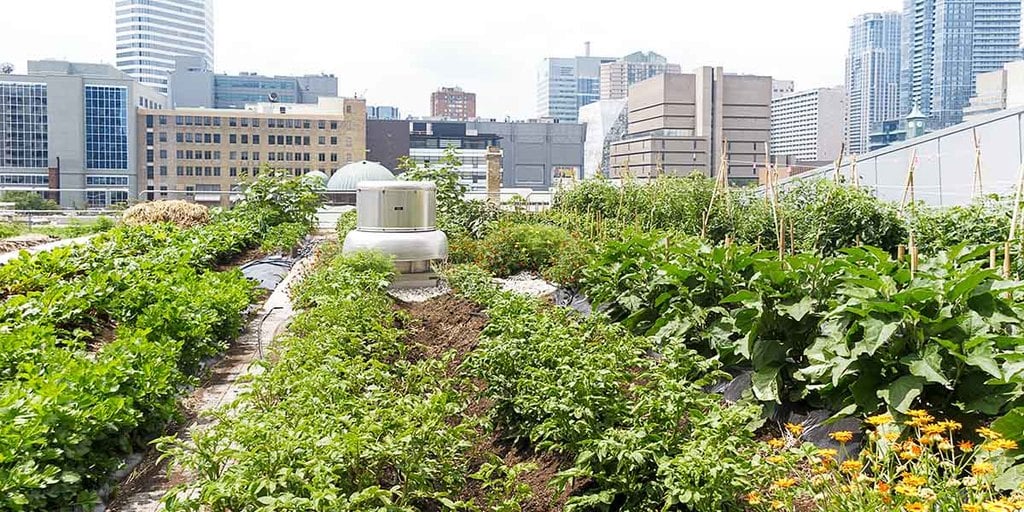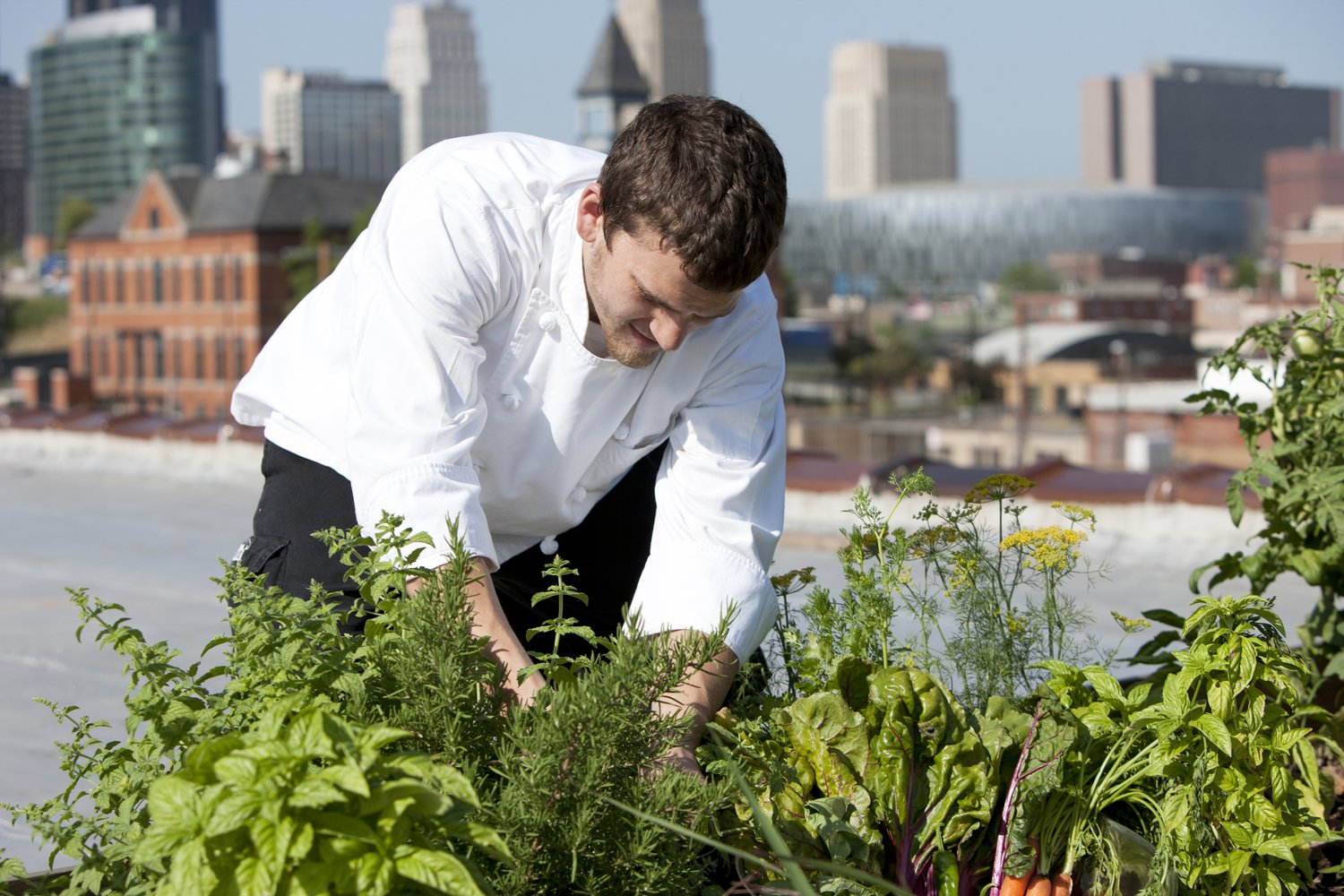City Blooming - The Facts
City Blooming - The Facts
Blog Article
See This Report about City Blooming
Table of ContentsThe smart Trick of City Blooming That Nobody is Talking AboutThe Greatest Guide To City BloomingThe Basic Principles Of City Blooming Excitement About City BloomingExcitement About City Blooming
Fascinated in growing food available for sale in the City of Chicago? Believing concerning beginning a community garden? Adjustments to the Chicago Zoning Regulation allow farming usages like neighborhood gardens and city farms in many parts of the city. Below is a list of frequently asked inquiries relating to the policies and regulations that growers should take into consideration when intending a metropolitan farming task.
The zoning amendment does not modify any other codes taking care of composting, structure permits, purchasing or renting City possessed residential property, company licenses or ecological contamination. There are existing codes that regulate these problems and they remain in complete impact and might be applicable to your task. Community yards are typically owned or taken care of by public entities, public companies or community-based companies and preserved by volunteers.
Urban ranches expand food that is intended to be marketed, either on a nonprofit or for-profit basis. Due to their commercial objective, metropolitan ranches need a company permit. Yes. An area garden is allowed to market surplus produce that was expanded on site if the sales are accessory or subordinate to the garden's key objective explained above.
Examine This Report about City Blooming
The quantity of compost material can not surpass 25 cubic backyards at any kind of provided time according to the requirements in 7-28-715 of the City's Municipal Code. Due to the fact that the dirt at the majority of new yard websites requires amending, compost, dirt, wood chips, or other materials can be gotten to build or enhance the expanding room.

If a structure license is called for after that the hoophouse will be thought about an accessory building. You can find out even more regarding the building license needs by calling the Division of Structures. The 25,000-square-foot size limitation is planned to avoid a solitary community garden from dominating a provided block or diminishing the block's existing property or business personality.
The limit does not use to gardens located in Public Open Space (POS) districts. Can there be more than one community yard that is 25,000 square feet on a solitary block? Secure fencing is not required, however, yards that have big parking locations may be required to set up secure fencing or other landscaping functions.
The Only Guide to City Blooming
B1 & B2 districts call for that all industrial use activities be conducted indoors. Is fencing needed for metropolitan farms? Fences may be called for, along with landscaping and testing, for specific vehicle parking areas and outdoor work or storage space locations depending on location and the particular task taking location.
Yes. Urban ranches call for building licenses and zoning approvals prior to building. Various other kinds of city review might be required relying on particular structures, activities, size, landscaping, licensing, public health and stormwater administration issues. Much of these needs are recognized in the project style or permitting procedure, however, the applicant might be liable to independently identify details licenses or permits that might be needed.
Yes. The type of license is figured out go to website by what is taking place at the site. The Division of Company Affairs and Consumer Defense can help figure out the particular kind of company permit that's needed. Yes. Off road vehicle parking is required for a lot of business tasks in Chicago. The needed variety of auto parking areas is based on the number of employees dealing with website and not the square footage of the expanding space.
Not known Facts About City Blooming

A metropolitan farm can market compost product created on website, nonetheless, the operation has to conform with the guidelines in 7-28-715 of the Chicago Municipal Code. Aquaponic systems are permitted inside on city ranches in lots of zoning areas.
As much as 5 hives or colonies of honey might be maintained as an accessory usage. Beekeepers must sign up with the Illinois Division of Agriculture. To find out more regarding the proposed zoning modification you might speak to the Division of Real Estate and Economic Growth, Bureau of Preparation and Zoning at 312.744.8563.
Farming in cities and metropolitan locations A city farm in Chicago. Urban agriculture refers to different methods of growing. https://www.twitch.tv/cityblooming/about, processing, and dispersing food in metropolitan locations. The term additionally puts on the location tasks of pet husbandry, aquaculture, beekeeping, and horticulture in a metropolitan context. Urban agriculture is identified from peri-urban agriculture, which happens in backwoods at the edge of residential areas.
Some Ideas on City Blooming You Should Know
It can include a motion of organic cultivators, "foodies" and "locavores", that look for to form socials media based on a shared ethos of nature and community holism. These networks can create by way of official institutional assistance, becoming incorporated into local community preparation as a "change town" activity for lasting city advancement.
The much more direct accessibility to fresh veggie, fruit, and meat products that might be know with city agriculture can enhance food security and food safety and security while reducing food miles, leading to reduced greenhouse gas discharges, therefore adding to climate adjustment mitigation. A few of the very first proof of urban farming comes from Mesopotamia.
Report this page